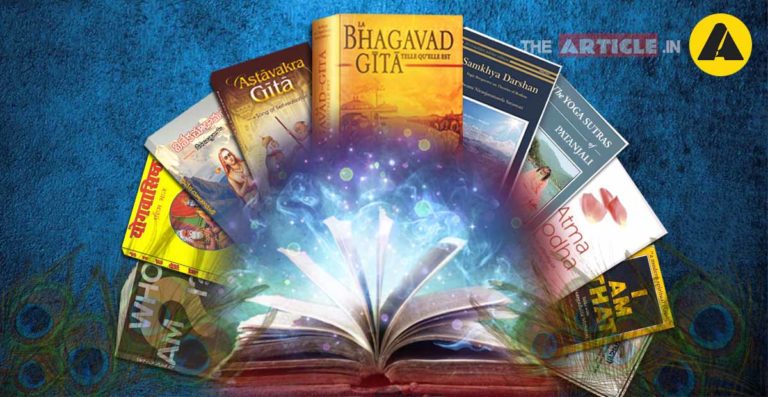Not every day you hold a book and think about life. Not every day you pause the rat race and think about the meaning of all the chaos. Not every day, you make a breath out of the panic and keep that breathe for yourself!
There is a spiritual shift in the world. There are so many religious organizations assisting people who are seeking inner peace. With many organizations, comes much literature! And with that many pieces of literature, people tend to drift between books and autobiographies restlessly. What we aim to do here is to provide insight into some sacred texts and literature pieces which have been proved to transform the mind since the dawn of civilization!
1. Ashtavakra Gita (500 – 400 BC):
The Ashtavakra Gita is an exchange between Ashtavakra and Raja Janaka on Reality, Attachment, and the eternal soul. The book gives a radical insight into Non-dualistic existence. The book emphasizes the ‘godless’ form of existence and reality.
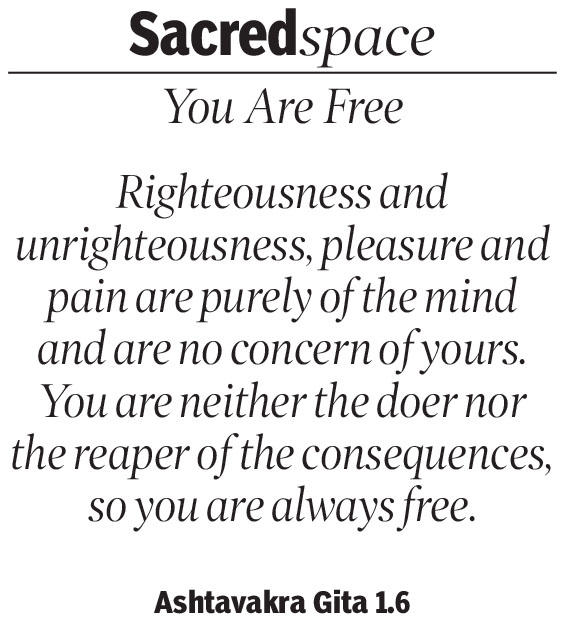
2. Vivekachudamani (8th century AD):
Vivekachudamani explores the Advaita Vedanta philosophy. It focuses on the importance of differentiating between reality and illusion as the central spine in the spiritual journey! This sacred text is in the form of a conversation between a master and a student in which the master is talking about atman. It contains various methods of meditation and spiritual practices!
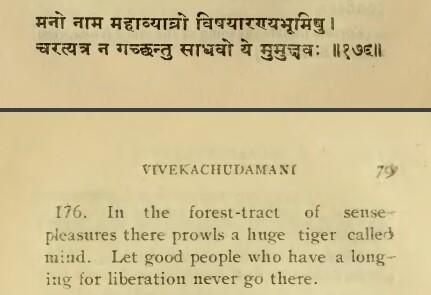
3. Samkhya darshan – (ca. 420 BCE):
Sankhi Darshan, originally known as Samkhya, has a base philosophy of Dualism! It describes the universe as the embodiment of two parts, the Purusha (consciousness) and Prakriti (matter). The Samkhya philosophers do not believe in the supreme power or any personified god. They promote the belief that everything is consciousness, internally and externally!
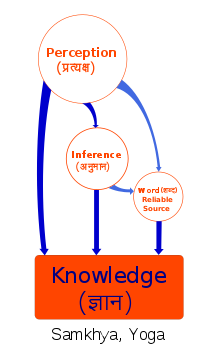
4. Bhagavad Gita (4-5th Century BCE):
Bhagavad Gita is a 700 verse Hindu scripture in Sanskrit which is set in the narrative framework of dialogue between Warrior Arjuna and Lord Krishna. The Gita talks about deviating attitudes and moksha (liberation). This book is rich with so many lessons, philosophies, and practices that many religions since have adapted the book to form their philosophy.
5. Yoga Sutras of Patanjali (prior 400 CE):
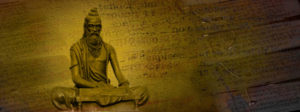
Yoga sutras are 196 Indian Sutras. Sage Patanjali branched it in four chapters, into one text. Those four branches are known as the four padas (Sanskrit).
Samadhi Pada (51 sutras) – Samadhi refers to the blissful state absorbed into the One.
Sadhana Pada (55 sutras) – Sadhana refers to the state of practice or discipline. Kriya yoga and Ashtanga Yoga are included in this chapter as a two-branch.
Vibhuti Pada (56 sutras) – It focuses on the yoga aspect of spirituality. It tells that practicing yoga is as important as any other practice.
Kaivalya Pada (34 sutras) – It focuses on liberation and emancipation.
6. Panchadashi (14th Century AD):
An in-depth insight of Advaita Vedanta, Panchadashi is a 15 chapter text divided into three quintets. It directly represents the core philosophy of the Vedanta, Sat (Vivek), chit (consciousness), Anand (bliss). The book/text deals with the central teaching of Advaita Vedantic philosophy. It is an open boat to the ultimate reality!
7. Yoga Vashisht Ramayan (6th – 14th Century):
This book comes in six parts which explore spirituality in six courses, and this is narrated by Sage Vashishta to Lord Rama. The six courses are :
Rama’s frustration with life’s nature, the suffering of human beings and contempt for the material world.
The desire to seek moksha (liberation) and the nature of those curious souls
Discusses cosmology and metaphysical concepts and theories through stories and it also emphasizes that one needs to put in self-efforts to attain liberation through spirituality.
Discusses various spiritual practices and meditation and its powers to liberate an individual,
It describes enlightenment and the blissful state it embraces!
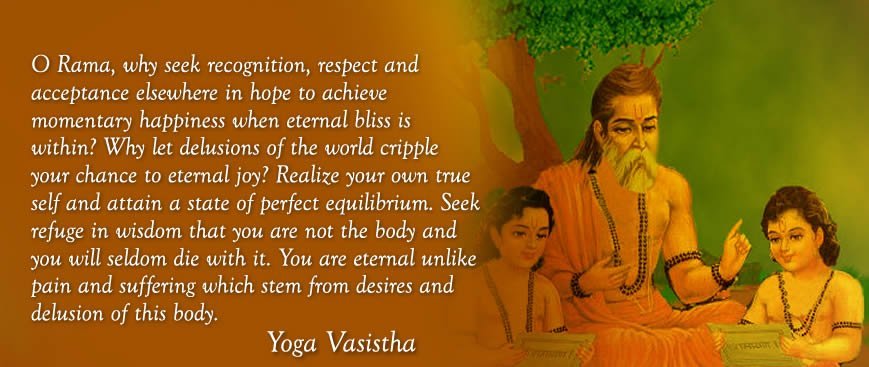
8. Atma-Bodha (8th Century AD):
Atma bodha is a 68-verse text scripture which speaks about inner-self and describes the way to Atman. This short Sanskrit set of verses has its root in Advaita Vedanta philosophy. Traditionally, Atma Bodha is believed to be the words of Adi Shankaracharya. Shankara teaches that the attainment of atman will only be acquired when you follow the path of knowledge and not worship.
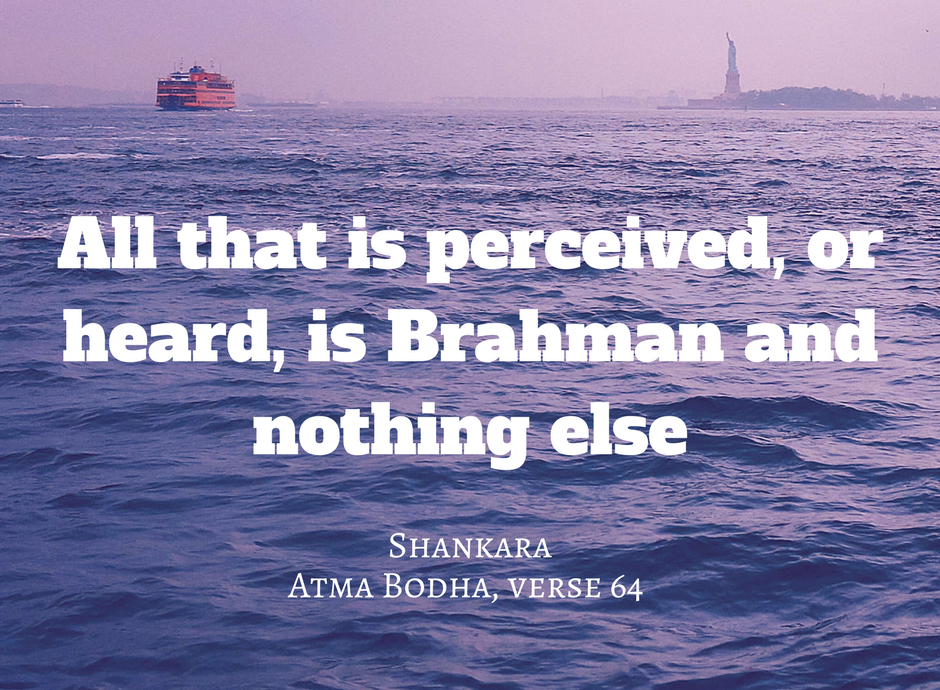
9. Who am I – (1923):
Sage Ramana Maharshi “Who am I?” is the question-answer book in which Guru Ramana gives his answers to all the questions asked by Sri. M Sivaprakasam Pillai in 1902. He sought from him spiritual guidance and solicited answers to questions relating to Self-enquiry. The answers to the questions posed by Sivaprakasam was presented by the guru in gestures as he did not incline to talk. This book asks every individual to take up self-inquiry as that is the only way to true self-realization.
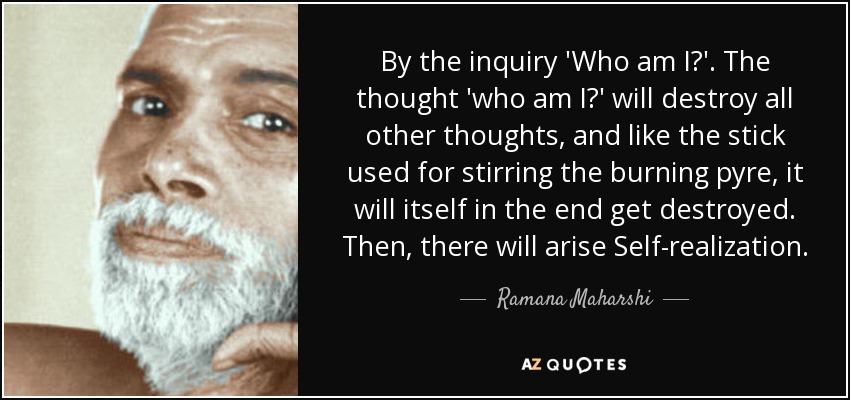
The correct guidance in Spiritual literacy in this modern era is vital as it seems that the spiritual market of the world is competing with itself! These books are essential as it pushes you to critical thinking and expands your mind beyond a limit which you created. Now’s the time to change. Be Here Now.
Read More :
10 Instances of ‘Sacrifice’: Why does it matter alike ‘blood and breath’ in Rajasthan?



